Home>Gardening & Outdoor>Outdoor Recreation & Activities>Ring Toss: What Year Was It Invented
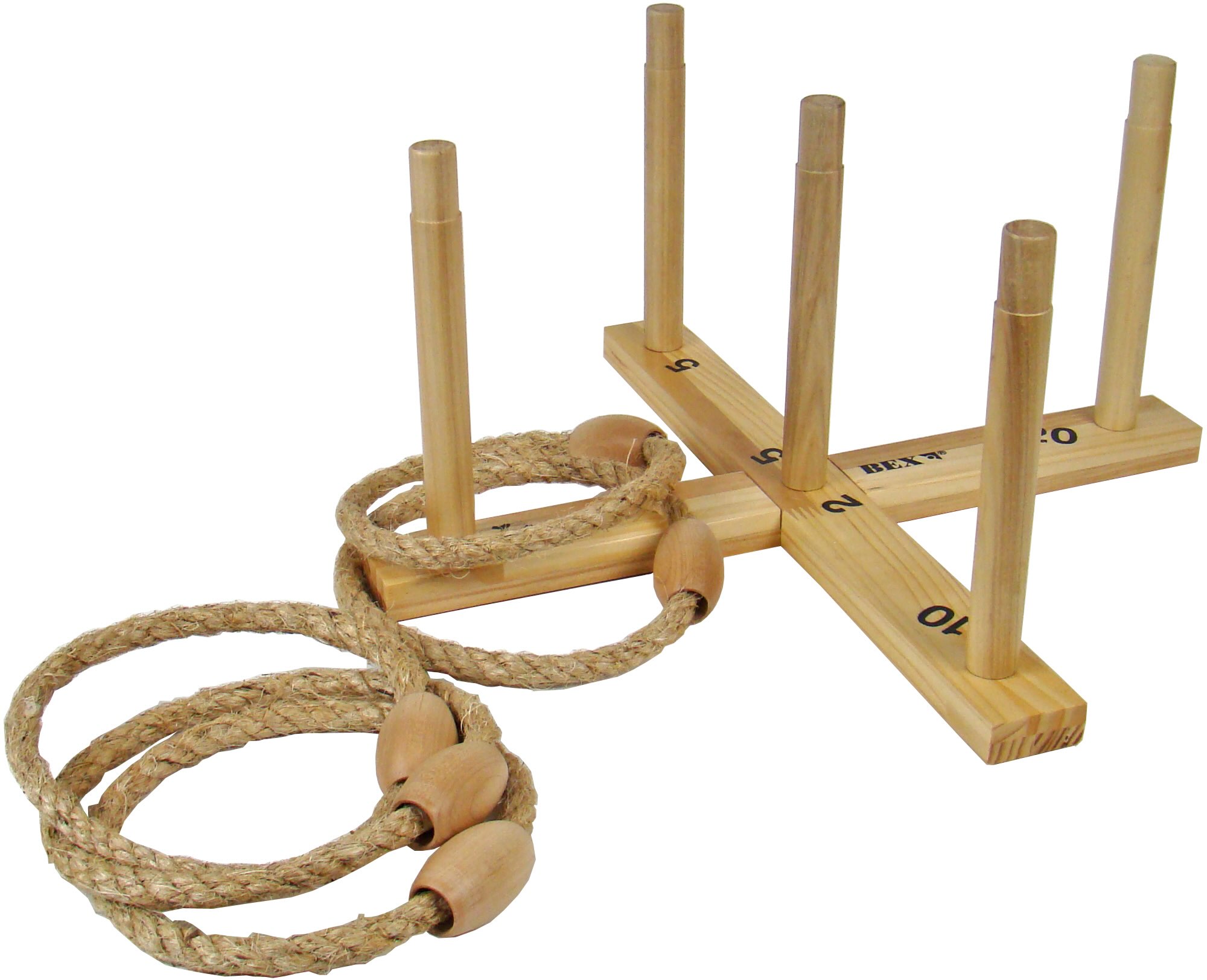

Outdoor Recreation & Activities
Ring Toss: What Year Was It Invented
Published: January 20, 2024
Discover the history of ring toss and learn about its origins. Explore the outdoor recreation and activities associated with this classic game. What year was ring toss invented? Find out now!
(Many of the links in this article redirect to a specific reviewed product. Your purchase of these products through affiliate links helps to generate commission for Storables.com, at no extra cost. Learn more)
**
Introduction
**
Ring toss, a beloved outdoor game, has been entertaining people for centuries. Whether it's at a carnival, a backyard barbecue, or a beach party, the simple joy of tossing rings onto pegs has been a source of fun and friendly competition for people of all ages. In this article, we'll delve into the fascinating history of ring toss, exploring its origins, evolution, and enduring popularity.
Ring toss is more than just a game; it's a nostalgic link to the past, evoking memories of carefree summer days and simple pleasures. Understanding the roots of this timeless activity allows us to appreciate its enduring appeal and the sense of camaraderie it fosters. Join us as we embark on a journey through time to uncover the captivating story of ring toss.
Key Takeaways:
- Ring toss has been entertaining people for centuries, evolving from ancient civilizations to modern-day amusement, showcasing its enduring appeal and universal charm.
- The popularization of ring toss can be attributed to its accessibility, inclusive nature, and ability to bring people together in the spirit of lighthearted competition and camaraderie.
Read more: What Year Was The Refrigerator Invented
History of Ring Toss
The history of ring toss can be traced back to ancient civilizations, where rudimentary forms of the game were played using sticks and rings. In fact, evidence suggests that the ancient Greeks and Romans engaged in a similar pastime, demonstrating the enduring allure of this simple yet entertaining activity.
During the Middle Ages, ring toss evolved into various regional adaptations, each with its own set of rules and customs. The game became a popular form of entertainment at fairs and festivals, captivating the imaginations of people from all walks of life.
As the centuries passed, ring toss continued to captivate audiences around the world, with different cultures putting their own unique spin on the game. Whether it was played in the bustling marketplaces of Asia or the lively town squares of Europe, ring toss remained a beloved pastime, bringing people together in the spirit of friendly competition and amusement.
By the 19th century, ring toss had firmly established itself as a staple of outdoor recreation, finding its way into the hearts of families and friends who relished the opportunity to test their skill and dexterity. The game’s enduring popularity ensured its place in the annals of history, where it remains a cherished tradition to this day.
Throughout its storied past, ring toss has transcended cultural and generational boundaries, leaving an indelible mark on the fabric of human leisure activities. Its evolution from ancient pastime to modern-day amusement speaks to the timeless appeal of this simple yet engaging game.
Invention of Ring Toss
The specific origins of ring toss, as we know it today, are shrouded in the mists of time, with no single individual credited as its sole inventor. Instead, ring toss emerged organically from the collective imagination of people across different cultures and eras, evolving into the beloved game we recognize today.
While the exact moment of its invention remains elusive, the concept of tossing objects onto targets has been a recurring theme in human history. From ancient games of skill and chance to medieval pastimes, the fundamental idea of aiming and throwing has been a constant source of entertainment for countless generations.
It is likely that ring toss, in its various forms, arose independently in different parts of the world, with each iteration influenced by the cultural milieu and available resources. Whether fashioned from natural materials like wood and rope or crafted from more modern materials, the essence of the game has remained remarkably consistent throughout the ages.
As societies interacted and exchanged ideas, ring toss spread across continents, adapting to new environments and acquiring regional nuances along the way. This organic process of evolution led to the diverse array of ring toss variations seen in different parts of the world today, each reflecting the unique heritage and ingenuity of its creators.
While the exact date and circumstances of its invention may elude us, the enduring appeal of ring toss speaks to its universal charm and time-honored tradition. As we celebrate the joy of playing ring toss, we pay homage to the collective ingenuity of those who contributed to its evolution, shaping it into the beloved game that continues to bring delight to people of all ages.
The ring toss game was invented in the 19th century, but the exact year is not known. It became popular in the United States in the early 1900s.
Evolution of Ring Toss
The evolution of ring toss is a testament to the enduring creativity and adaptability of human leisure activities. From its humble origins to its modern incarnations, ring toss has undergone a fascinating transformation, incorporating diverse influences and innovations along the way.
Early iterations of ring toss were simple and rustic, often featuring handmade rings and improvised targets. As the game gained popularity, especially during the Renaissance and the Enlightenment, it began to acquire more refined and standardized elements, reflecting the growing interest in structured leisure pursuits.
With the advent of industrialization, ring toss experienced a renaissance of its own, as mass production made it more accessible to a wider audience. The availability of affordable materials and the proliferation of leisure time in the burgeoning middle class contributed to the game’s widespread appeal.
In the 20th century, ring toss underwent further evolution with the introduction of new materials and designs. Plastic rings and metal pegs became common, offering enhanced durability and consistency. These advancements, coupled with the rise of commercial amusement parks and recreational facilities, cemented ring toss as a quintessential pastime for families and friends.
Today, the evolution of ring toss continues in the digital age, with virtual adaptations bringing this beloved game to new audiences around the world. While traditional ring toss remains a cherished outdoor activity, its digital counterparts ensure that the spirit of the game endures in the realm of modern entertainment.
As ring toss evolves to meet the changing needs and preferences of contemporary society, it remains anchored in the timeless principles of skill, camaraderie, and simple enjoyment. The game’s enduring evolution is a testament to its enduring relevance and adaptability, ensuring that it will continue to captivate and delight generations to come.
Popularization of Ring Toss
The popularization of ring toss can be attributed to a confluence of factors, ranging from social trends to technological advancements, all of which have contributed to its enduring appeal and widespread recognition. As the game transcended cultural boundaries and found its way into diverse settings, its popularity soared, cementing its status as a beloved pastime.
One of the key drivers behind the popularization of ring toss was its accessibility. Unlike more elaborate or physically demanding activities, ring toss offered a simple yet engaging form of entertainment that could be enjoyed by people of all ages and skill levels. Its inclusive nature made it a staple at community gatherings, family picnics, and recreational venues, where it served as a unifying force, bringing people together in the spirit of lighthearted competition and camaraderie.
Furthermore, the advent of commercial amusement parks and traveling carnivals played a pivotal role in introducing ring toss to a wider audience. These venues provided a platform for the game to shine, captivating the imaginations of visitors and becoming a cherished fixture in the landscape of leisure entertainment.
As the 20th century unfolded, the popularization of ring toss received a boost from the burgeoning leisure industry, which sought to create engaging and accessible activities for the public. The game’s integration into recreational facilities, resorts, and outdoor venues further solidified its status as a beloved pastime, ensuring its enduring presence in the fabric of leisure culture.
In the digital age, the popularization of ring toss has extended into virtual realms, where digital adaptations and mobile applications have introduced the game to a new generation of enthusiasts. This seamless transition into the digital landscape has expanded the reach of ring toss, ensuring that its timeless charm continues to resonate with contemporary audiences.
Ultimately, the popularization of ring toss can be attributed to its universal appeal, adaptability, and ability to foster connections among people. Whether played in traditional outdoor settings or experienced through modern mediums, ring toss remains a cherished activity that transcends time and trends, embodying the enduring spirit of wholesome fun and friendly competition.
Read more: What Year Was The Television Invented
Conclusion
The story of ring toss is a testament to the enduring power of simple pleasures and timeless traditions. From its ancient roots to its modern incarnations, ring toss has captivated the hearts and imaginations of people across the globe, transcending cultural and generational boundaries to become a beloved pastime cherished by all.
As we reflect on the history, invention, evolution, and popularization of ring toss, we gain a deeper appreciation for the enduring appeal of this classic game. Its ability to bring people together in the spirit of friendly competition and lighthearted amusement speaks to its universal charm and timeless relevance.
Looking ahead, the legacy of ring toss continues to thrive, as it adapts to the changing landscape of leisure activities and embraces new mediums of engagement. Whether enjoyed in traditional outdoor settings or experienced through digital platforms, ring toss remains a cherished source of joy, fostering connections and creating lasting memories for generations to come.
As we celebrate the legacy of ring toss, we honor the collective ingenuity and creativity of those who contributed to its evolution, shaping it into the beloved game that continues to bring delight to people of all ages. Whether it’s the satisfying clink of a ring landing on its target or the joy of sharing a lighthearted moment with friends and family, ring toss embodies the enduring spirit of wholesome fun and camaraderie, reminding us of the simple joys that enrich our lives.
So, the next time you pick up a ring and take aim at a waiting peg, remember that you are participating in a time-honored tradition that has brought laughter and delight to countless individuals throughout history. In the world of ring toss, the joy of play knows no bounds, and the memories created are as enduring as the game itself.
Frequently Asked Questions about Ring Toss: What Year Was It Invented
Was this page helpful?
At Storables.com, we guarantee accurate and reliable information. Our content, validated by Expert Board Contributors, is crafted following stringent Editorial Policies. We're committed to providing you with well-researched, expert-backed insights for all your informational needs.
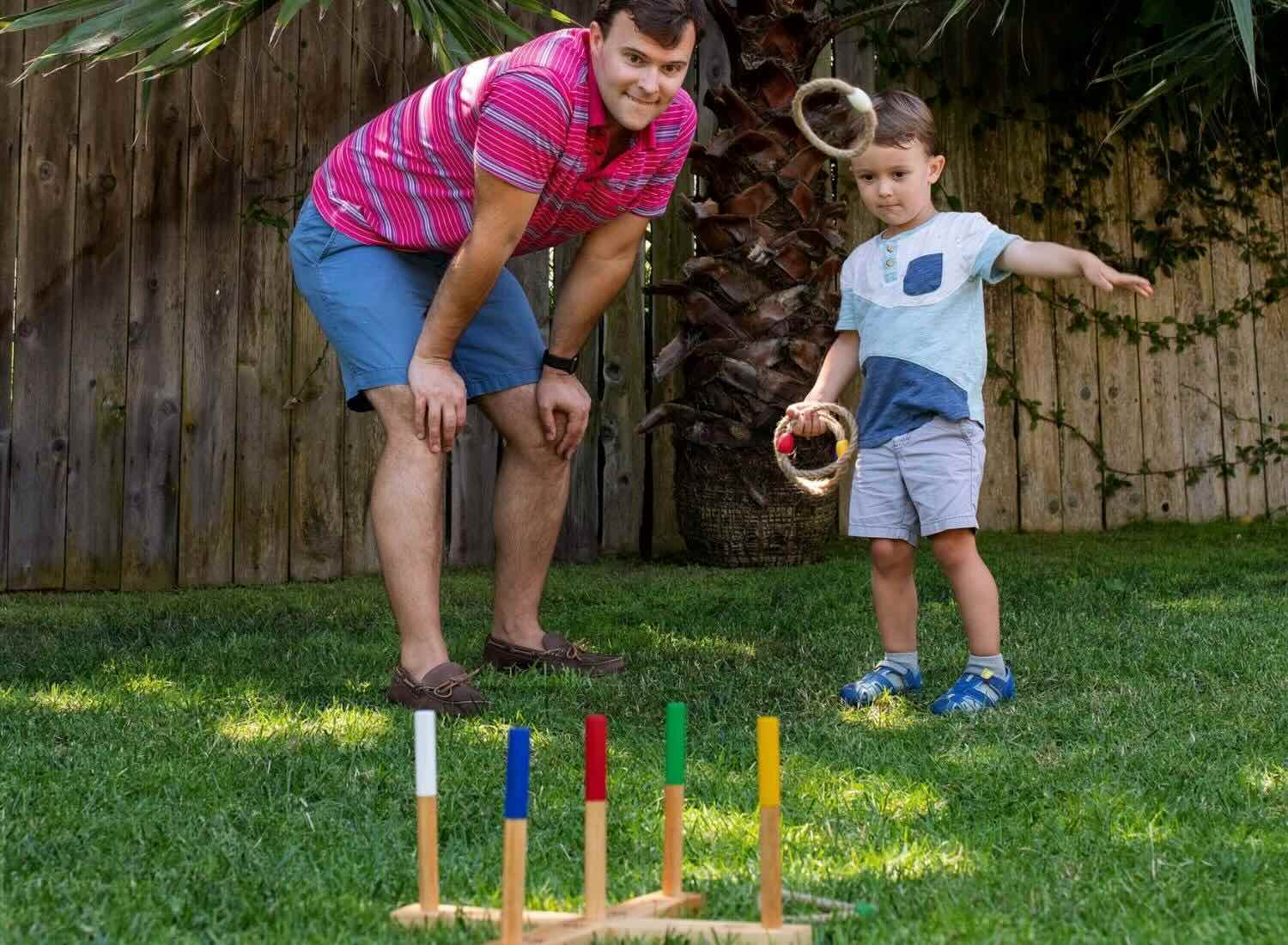
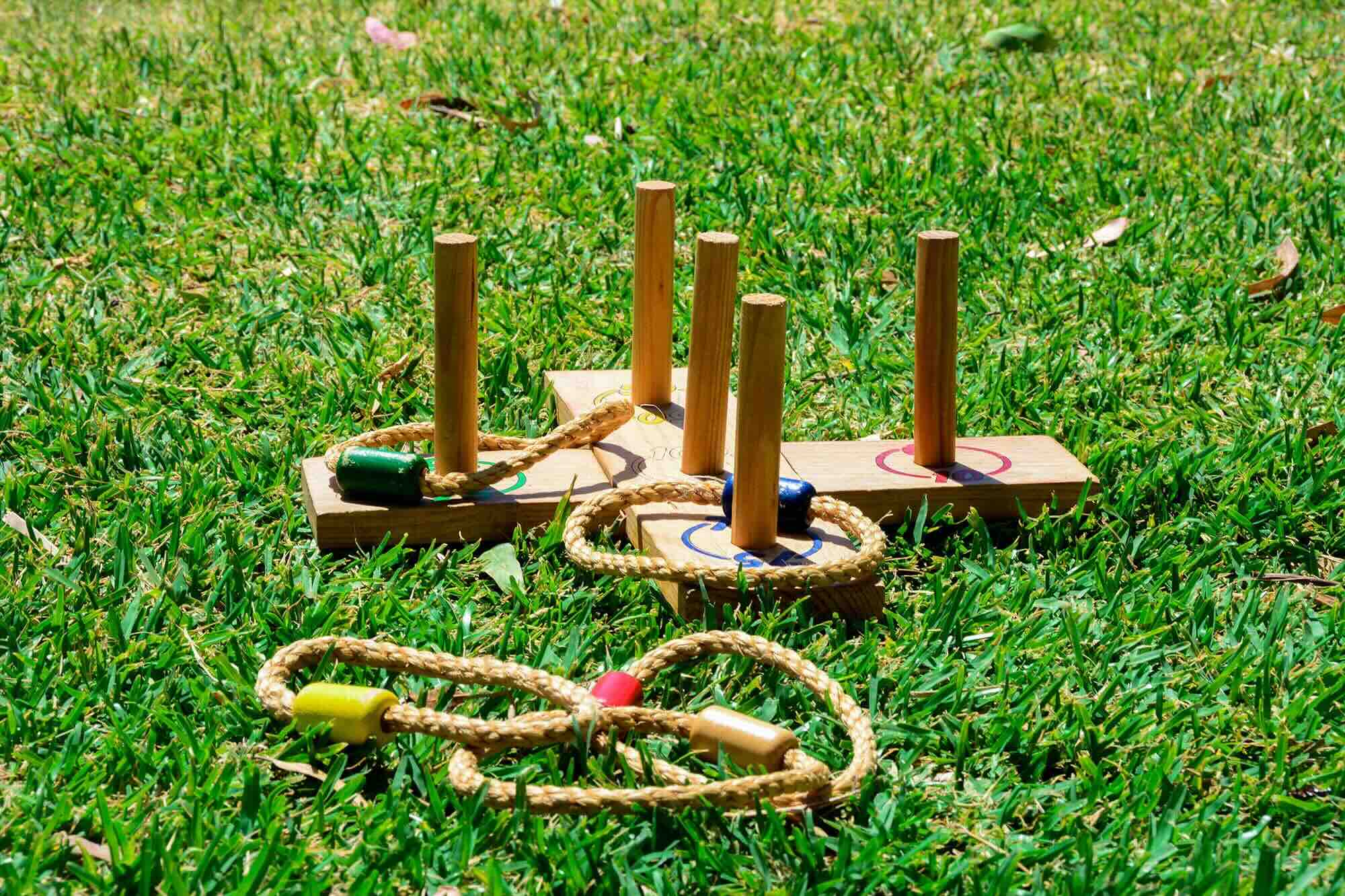
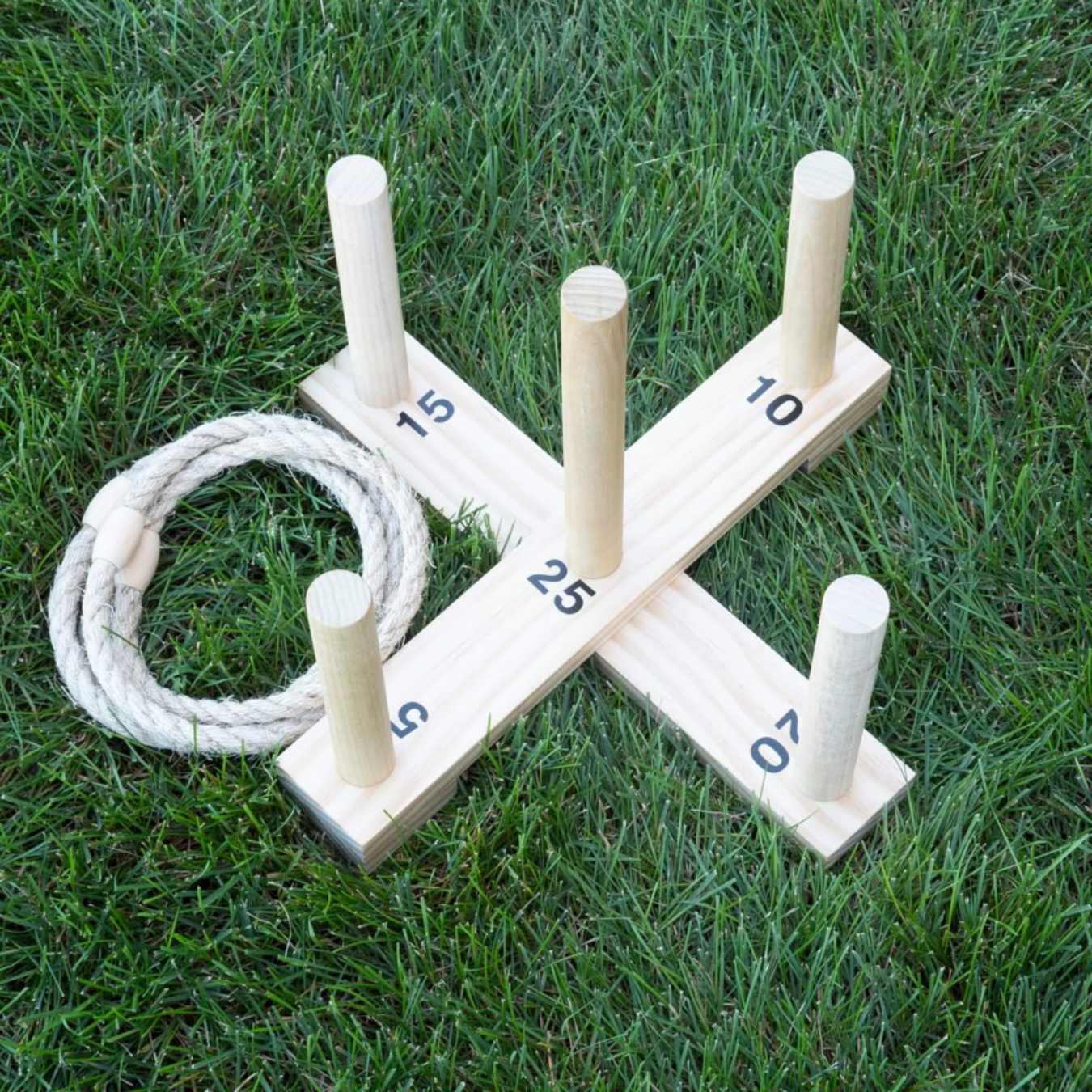




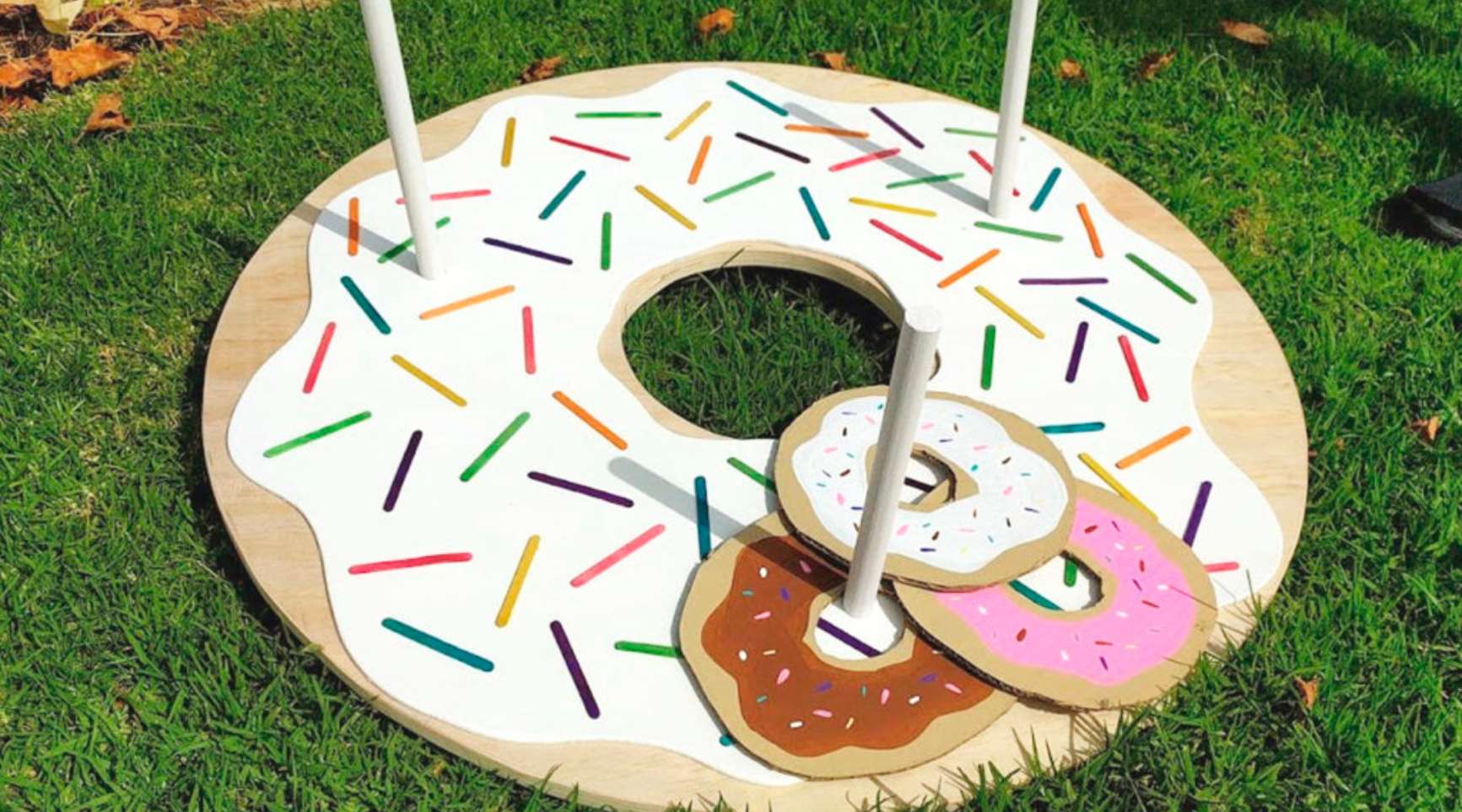
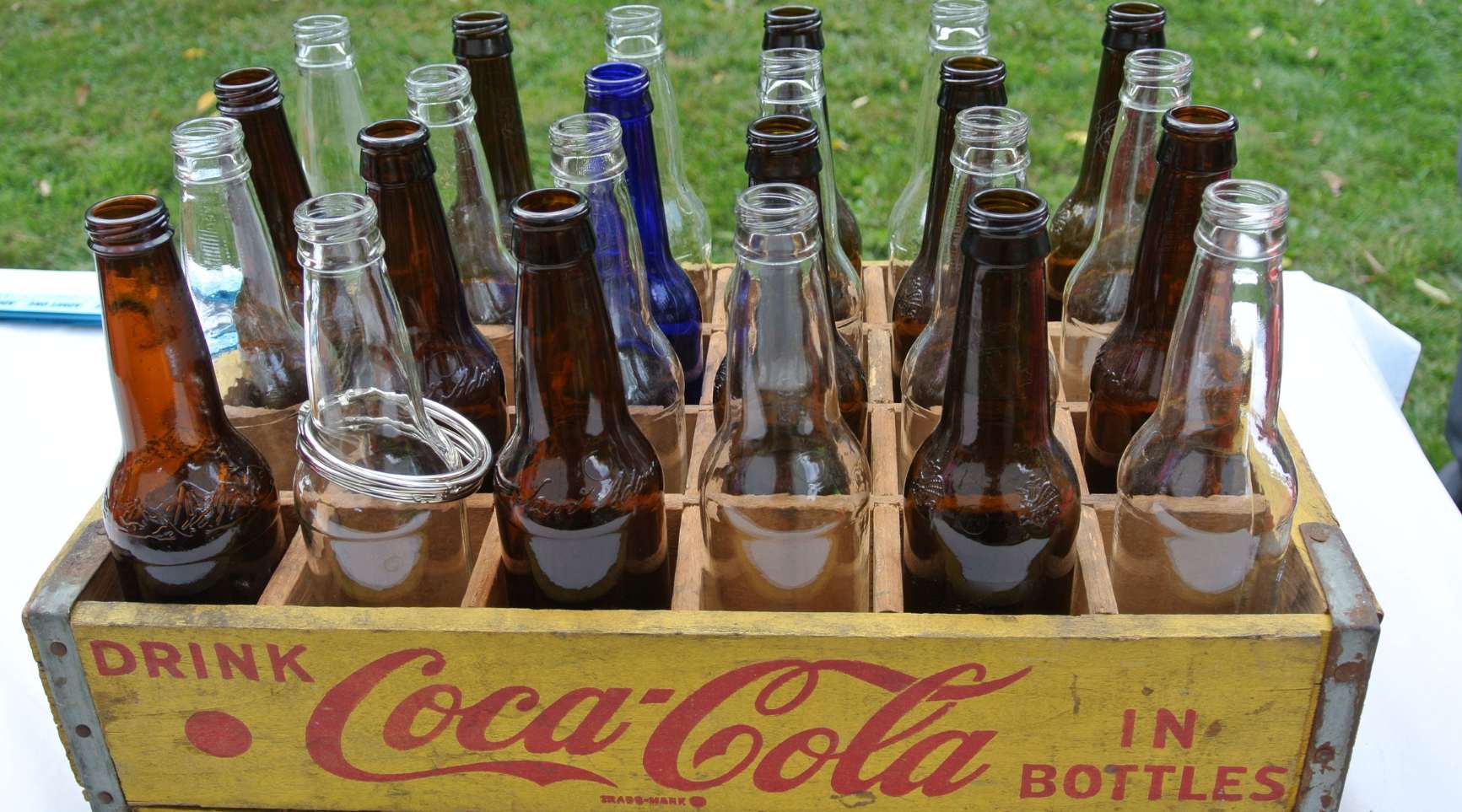
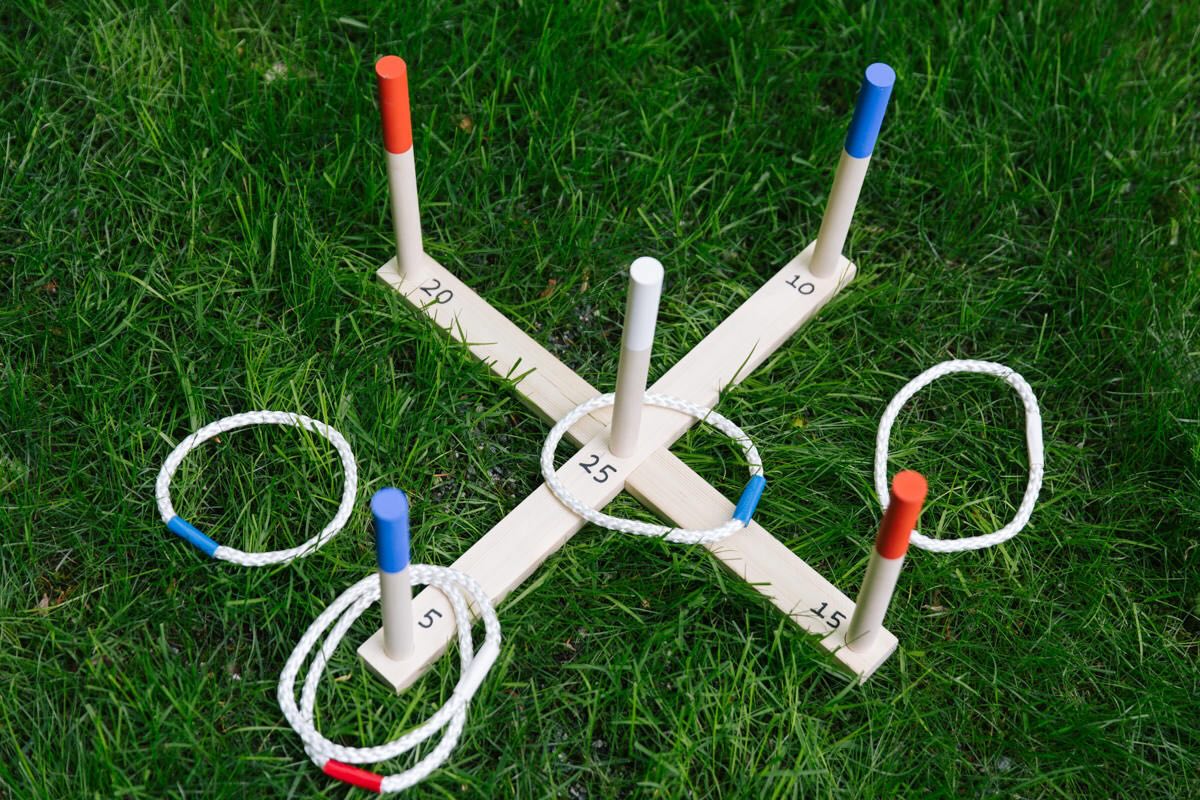
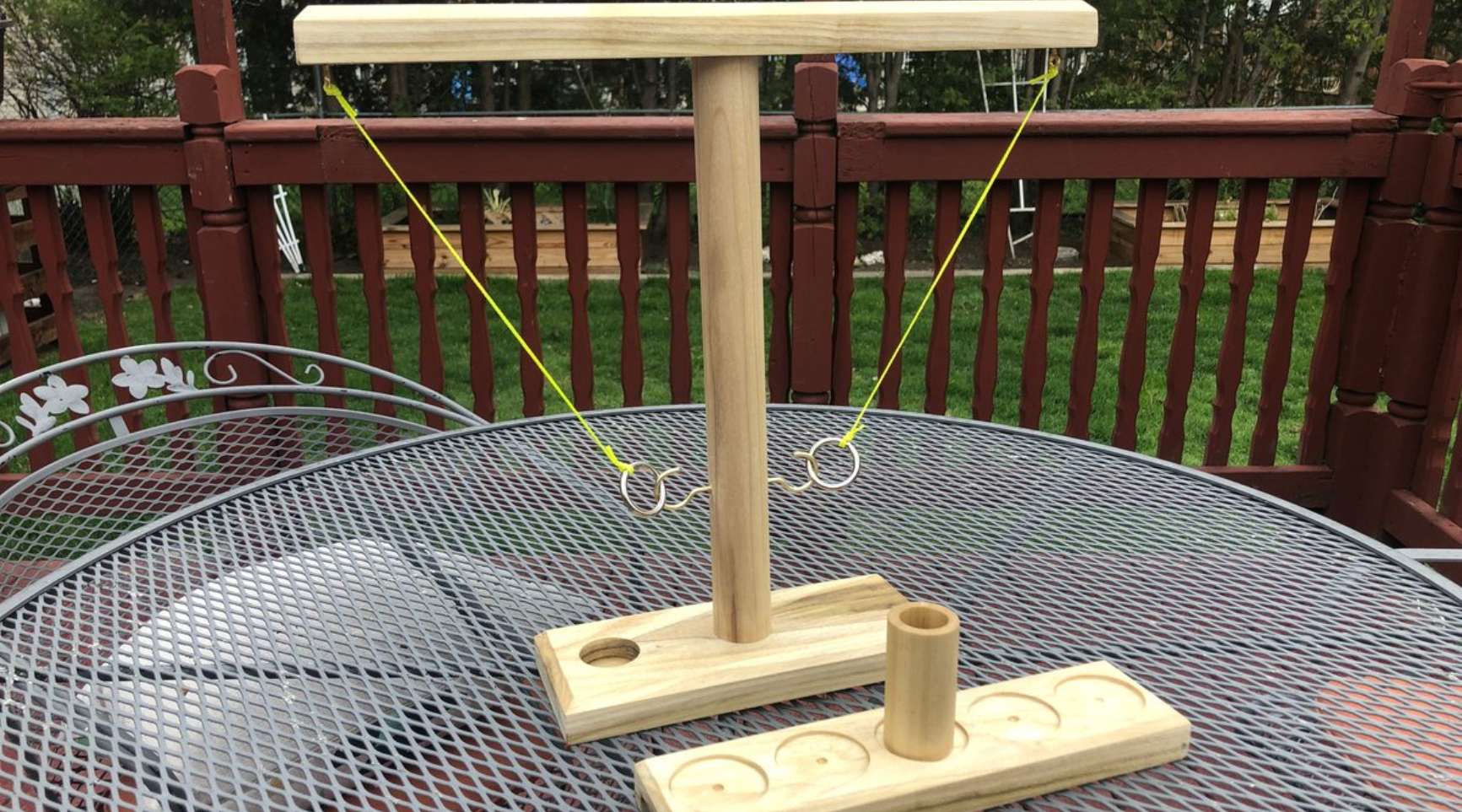
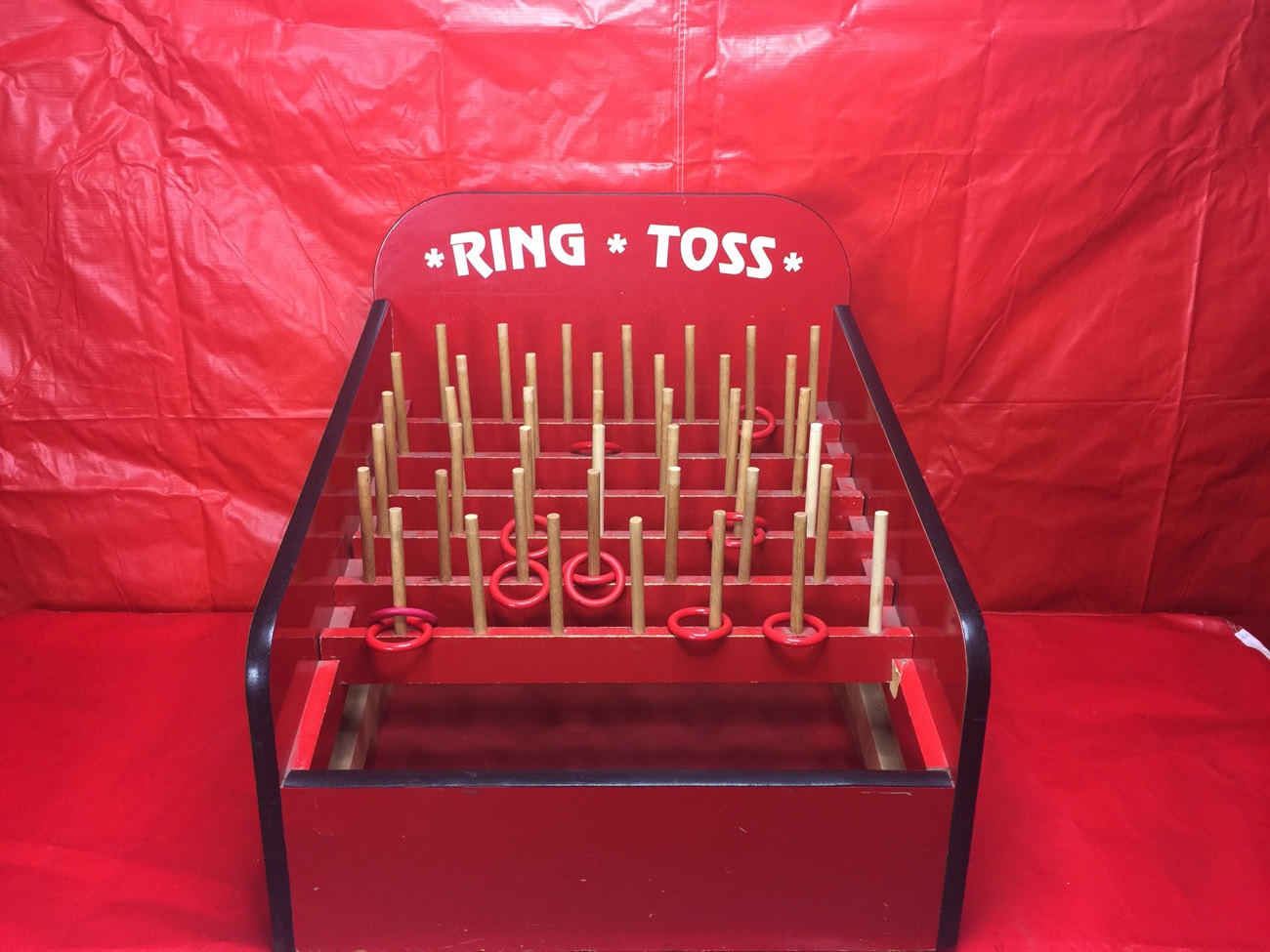
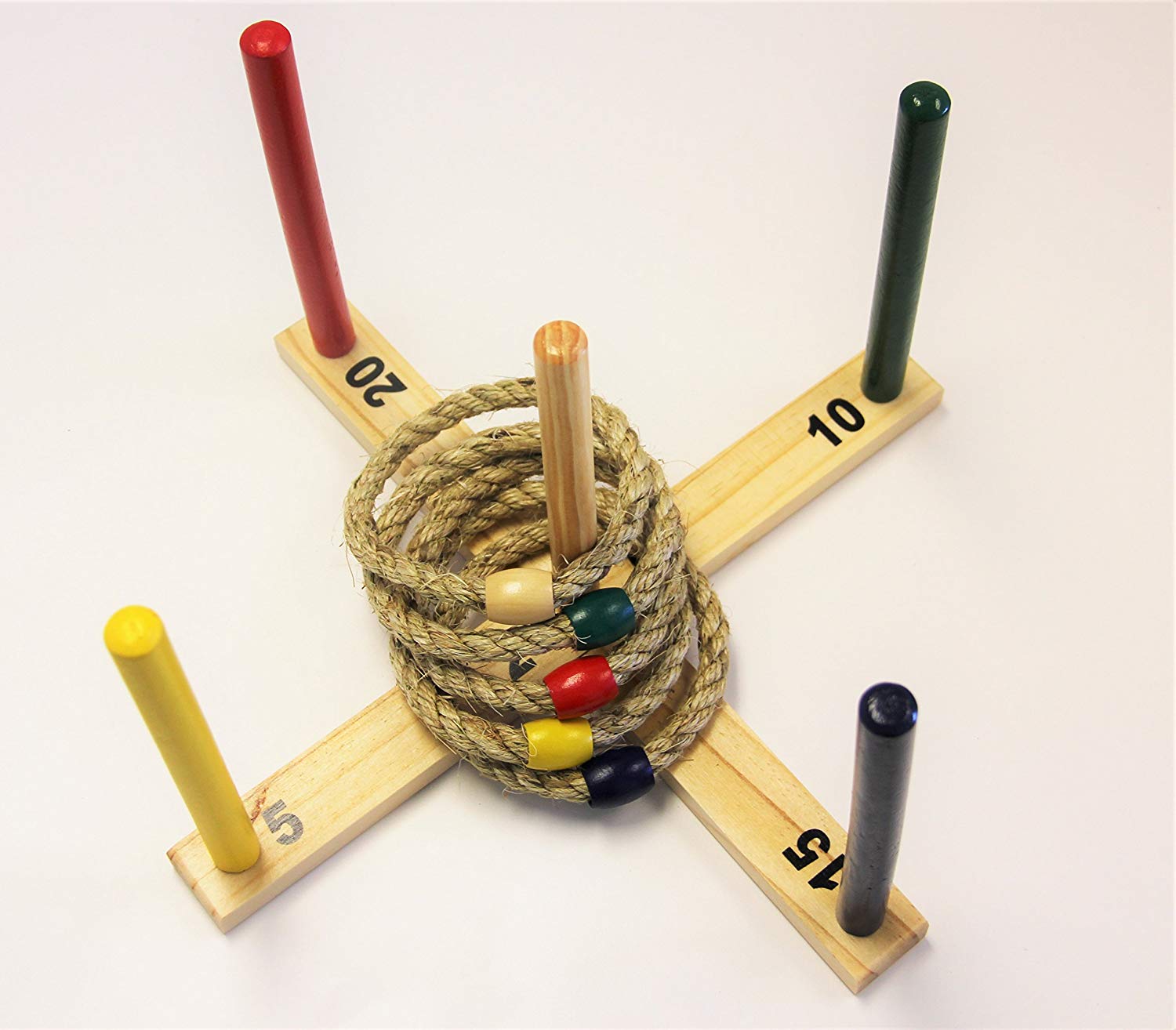


0 thoughts on “Ring Toss: What Year Was It Invented”